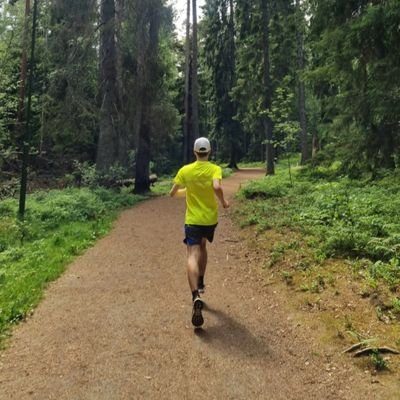
Jan Becker
@RunningPhoton
Followers
251
Following
217
Media
56
Statuses
203
I am a runner & data scientist at ZOMP (https://t.co/lRvQQEWC4X). Previously postdoc with @KukuraLab (@KavliOxford) and PhD with @RainerHeintzmann (@Leibniz_IPHT).
Cambridge, England
Joined November 2019
RT @KavliOxford: Pre-Christmas Fun! Look what some of our researchers got up to today. Huge congrats to the winning team. Well deserved guy….
0
1
0
Our work related to simulating mass photometry is now available @ACSPhotonics:. @KavliOxford | @OxfordChemistry | @UZH_en
1
7
38
RT @LD_light_: Enjoying day 2 of #FOM2023🔬with lots of light-sheet talks. Visit poster P1-G/3 to learn more about dual-view oblique plane m….
0
1
0
Any idea what this animation could represent? #FOM2023 | @FOMconferences | @KavliOxford | @OxfordChemistry . Come to my poster (P2-F / 11) in the "Various Topics" poster session on Tuesday to find out. 🔬💻👩🔬
5
3
23
RT @LD_light_: Further work from my PhD out in @SciReports : . With Hugh Sparks, @liliana_brito91 , Ken MacLeod,….
0
11
0
Our preprint on the principles & limitations on inferring mass from optical signals is out today. . Many thanks to @KukuraLab at @KavliOxford | @OxfordChemistry and the Schuler lab @UZH_en .(1/2).
1
4
14
RT @LD_light_: Study from my PhD work recently out: . With Hugh Sparks, Ken MacLeod and Chris Dunsby .(1/2).
0
3
0
Out today: As it turns out, imaging using a full pupil is not always the best one can do. Instead split the information & computationally recombine! . Many thanks to: @TakahiroDeguch1, @AlexanderJugler, Ronny Förster, Uwe Hübner, @JonasRies, @HeintzmannLab
2
4
31
RT @JamesDManton: Thanks to just-received funding from @royalsociety & @MRC_LMB, @Mad_Lancaster and I are looking to recruit a PhD student….
0
16
0
RT @WestonStruwe: We're hiring - two Postdoctoral Research Associate positions in @OxfordChemistry @KavliOxford.1) single-molecule glycan i….
0
16
0
RT @LD_light_: Already 3 months since my PhD defense - time flies!🎓 Thesis is now online at 🔬🫀 .
0
4
0
RT @KavliOxford: New publication by #KavliOxford's @PhilippKukura, @WestonStruwe, @HundtNikolas, #MaxHantke, and #DanielCole. Available her….
0
3
0
RT @refeynit: We're pleased to host the first-ever #MassPhotometry Symposium and User Meeting, taking place in person at @KavliOxford (UK)….
0
5
0
@microRussell @JamesDManton @AndrewGYork Interestingly, early stopping acts as a very efficient regularizer!.See below: instead of choosing to regularize + many iterations, it often makes sense to simply stop the restoration at the optimum point. Finding this optimum, however, is the tricky part.
1
1
3






